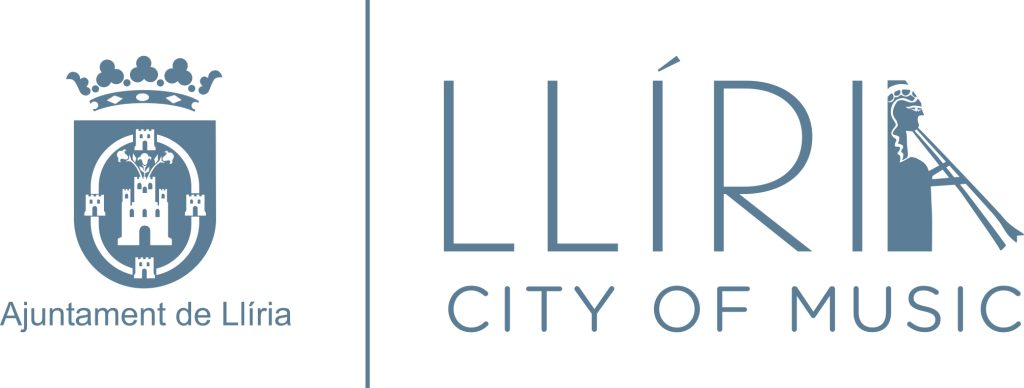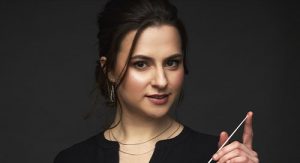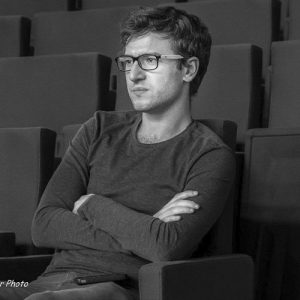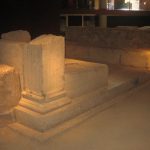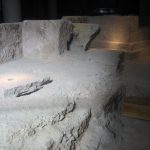International conducting competition “Llíria, City of Music”

Information
- Artistic Director: Cristóbal Soler
- Dates: July 12-17, 2021
- Registration period: from April 27 to May 10, 2021
The International conducting competition “Llíria, City of Music” aims to discover and promote young conductors from all over the world.
Directors of all nationalities who, as of April 26, 2021, do not exceed 35 years of age, may compete.
The contest is structured in 4 phases, and a pre-selection will be made through the video material sent, with a maximum of 25 directors who will be selected for the first phase.
€ 8,500 will be awarded in prizes and the possibility of being invited to direct the collaborating orchestras of the contest during the coming seasons:
Spanish National Orchestra (ONE);Spanish Radio and Television Symphony Orchestra (ORTVE);Valencia Symphony Ochestra (OV); Symphony Orchestra of Castilla y Leon (OSCYL); Málaga Philharmonic Orchestra (OFM); Symphony Orchestra of Murcia Community (OSRM); City of Granada Orchestra (OCG); Oviedo Filarmonía (OFIL); Orchestra of Extremadura (OEX), and Royal Symphony Orchestra of Seville (ROSS).
Disclaimer
The participation fee of 50,00€ will only be paid by the 25 candidates who receive the acceptance e-mail by bank transfer to the account number ES790049506568682810377708 whose holder is the City Council of Llíria in concept of “CONCURSO CONCURSO DIRECCIÓN ORQUESTA” indicating the name and surname/s of the participant until the next 20th May as deadline; with the warning that if this is not done, he/she will give up his/her right to participate in the contest.

Jury
The evaluation committee for each one of the phases will consist of the following members:
-
- President: Manuel Galduf.
Orchestra conductor. Principal conductor of the Valencia Orchestra (1983-1997)
- Spokesperson: John Carewe.
Composer, orchestra conductor and teaches conducting at the Royal Academy of Music.
- Spokesperson: Carlos Riazuelo.
Conductor and teaches conducting at the universities of the states of Florida and Louisiana in the United States.
- Spokesperson: Virginia Martínez.
Chief Conductor and artistic director of the Region of Murcia Symphony Orchestra
- Spokesperson: Francisco Coll.
Composer.
- Secretary with voice but without vote: Cristóbal Soler.
Orchestra conductor.
- President: Manuel Galduf.
Orchestra conductor. Principal conductor of the Valencia Orchestra (1983-1997).
- Spokesperson: John Carewe.
Composer, orchestra conductor and teaches conducting at the Royal Academy of Music.
- Spokesperson: Carlos Riazuelo.
Conductor and teaches conducting at the universities of the states of Florida and Louisiana in the United States.
- Spokesperson: Virginia Martínez.
Chief conductor and artistic director of the Region of Murcia Symphony Orchestra.
- Spokesperson: Francisco Coll.
Composer.
- Secretary with voice but without vote: Cristóbal Soler.
Orchestra conductor.
- Spokesperson: Jacques Mercier.
Artistic director of the Lorraine de Metz National Orchestra (2002-2007).
- Spokesperson: Andrés Salado.
Chief Conductor and artistic Director of the Orquesta de Extremadura.
- Spokesperson: José María Moreno.
Chief Conductor and artistic Director of the Philharmonic Orchestra of Malaga.
Phases:
First phase
STRAVINSKY, Igor. L’historie du soldat.
(Edited by John Carewe. Chester Edition. Suite Version).
Second phase
TCHAIKOVSKY, Pyotr Ilyich. Serenade for Strings in C Major, Op. 48.
(Breitkopf & Härtel edition)
Third phase
MOZART, Wolfgang Amadeus. Symphony No. 29 in A Major, Kv. 201.
(Breitkopf & Härtel Edition)
Fourth phase and final concert
COLL, Francisco. Cantos.
(Faber Music Edition).
MOZART, Wolfgang Amadeus. In quali eccessi, o Numi mi tradì quell’alma ingrata, Recitativo y Aria de Donna Elvira de la ópera Don Giovanni.
(Breitkopf & Härtel edition).
BEETHOVEN, Ludwig van. Coriolano, overture, Op. 62.
(Breitkopf & Härtel Edition).
